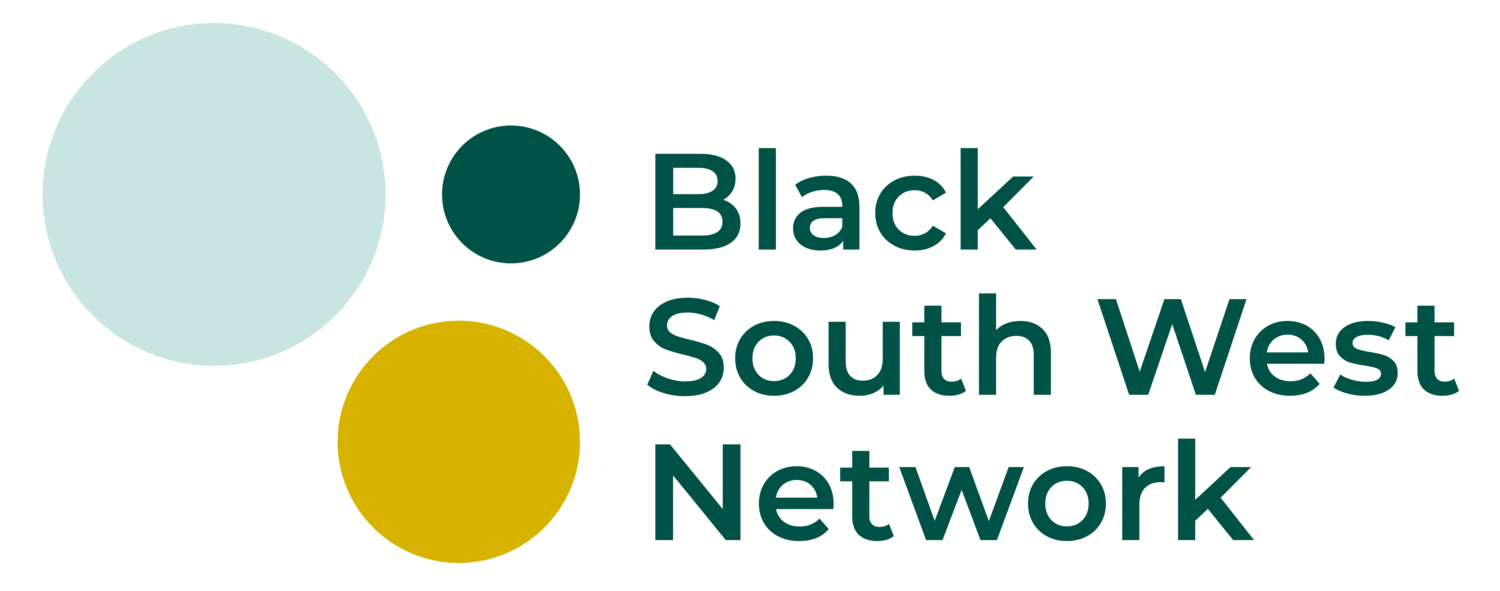The Telling Stories event on 22nd November 2022, was a powerful, social and introspective conversation about the art of storytelling. I know this because I was there.
It asked critical questions that were extremely thought-provoking about how the UnMuseum project (as it stands today with this name) will tell stories. But it was also a general conversation for storytellers in all modes and forms, as well as an educational one.
It asked: Why and who do we tell our stories to? The importance of counter narrative storytelling, as well as the dangers and battles of wrestling within colonial spaces and knowledge production, just to name a few themes.
In this article, I will be talking about my experience in the event, as well as mapping out a few themes that were striking to me.
“One of the biggest points in the talk for me was the need, as one person said in the audience, which I remember so vividly, to have mental, spiritual and physical armour, as we encounter and navigate colonial sources, spaces and knowledge.”
It is so simple, but yet so all-importantly true, we need to ensure that we are protected as we go into such work. We cannot lose ourselves, our bodies and our minds, as we enter the process for instance, of research gathering for our stories.
To go a step further, as we navigate such contested, soul depleting territories and pieces of research. We must always remember to rest. Take breaks, and take a step back.
It may seem relatively straight forward, but this is such a powerful act. One that I learnt from reading Audre Lorde.
In her work, A Burst of Light, she says this powerful statement:
“Caring for myself is not self-indulgence, it is self-preservation, and that is an act of political warfare.”
It’s important to detune as much as it is to activate, we cannot lose ourselves, but we have to give it our all as well, to tell the stories that have been purposefully and intentionally blurred.
We cannot overextend ourselves, though.
The who and the why is another crucial theme in the talk. The why is of course more self-explanatory, we know why we tell stories of this nature, we know the intended purpose.
We know it is about dismantling the narratives that have been colonially constructed about people of colour. We know it is about providing life to what has been left deserted. To provide agency for the voices that have been agentless for centuries. Sadiya Hartman comes to mind when I say this, with her empowering concept she coined, called, Critical Fabulation.
We all know of this as I have said… But the, who, is the more damning of the two.
For so long and I say this generally, storytellers of colour have had to fit their craft and their stories in ways, so that it make ‘sense’ to audiences that are white.
We do not centre nor do we put at the top our communities as the focus. Our communities are second at best, or last in the pecking order of attention.
Image taken during Telling Stories event in November 2022.
A person in the audience was a particular highlight for me when they said how refreshing it was to see the conversation centre Blackness, as we tend to isolate Blackness in storytelling focus.
There is rightfully some pitfalls that can come with this, as what is even centred within this Black centred focus can be potentially problematic.
A person in the session powerfully brought this very point up, urging that Black mixed race people are just as important in this space as well.
As for far too long, mixedness has meant that people of mixed heritage feel less represented in stories, alienated and left out.
This is critical to tackle. It is essential that all focus lines are drawn.
We all have multiple identities and experiences, our mixedness and all our shades of brown have to be in the focus at the same time – it is all about finding the right balance, the right focus.
Don’t get me wrong, the need for independent, specific storytelling projects for particular communities are just as important, but that does not mean that we should neglect this when we are creating stories for a more wider and broader spectrum of audiences.
There needs to be spaces for Black mixed race people and people of all shades of brown independently focusing on their intersected experiences, but we must also do this collectively as well.
This is just a few points in an event that was filled with rich conversations, there was so much brilliance that was said and so much thought provoking sentiments and ideas, that it would be difficult to place all in one article.
I am so excited that this is now finally out for everybody to see, to take all in, and listen. There are so many hidden gems dropped by experienced storytellers and members of the community. It was truly an incredible event to attend, and I am glad it is now live for all to see!


